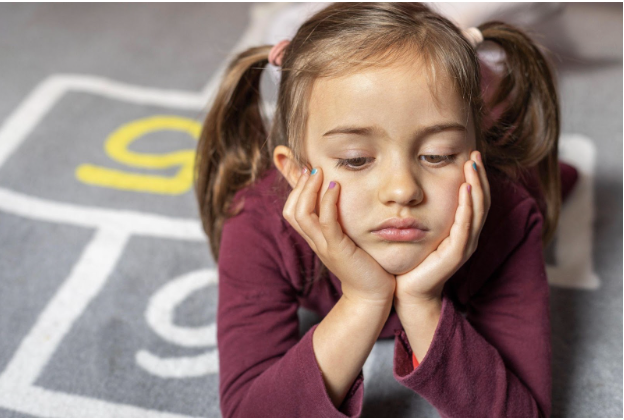People love to romanticize childhood as if it were all scraped knees and bike rides, but that’s selective memory. A child’s world can be as complicated as an adult’s, only without the vocabulary to name it.
Pressure seeps in from school, from family dynamics, from the background hum of everything adults think kids don’t notice. We hold onto the myth of innocence because it’s more convenient than acknowledging that kids sometimes need the same level of psychological care as their parents.
Why Kids Carry Stress Earlier Than We Admit
Stress isn’t waiting until adulthood to make its entrance. According to the Centers for Disease Control and Prevention, about 1 in 6 children aged 2–8 years has a diagnosed mental, behavioral, or developmental disorder. That’s not just the moody teenager stereotype. It’s young kids navigating anxiety, depression, or attention challenges while still figuring out multiplication tables. The problem isn’t that kids are weaker now. It’s that their worlds are louder, faster, and less forgiving.
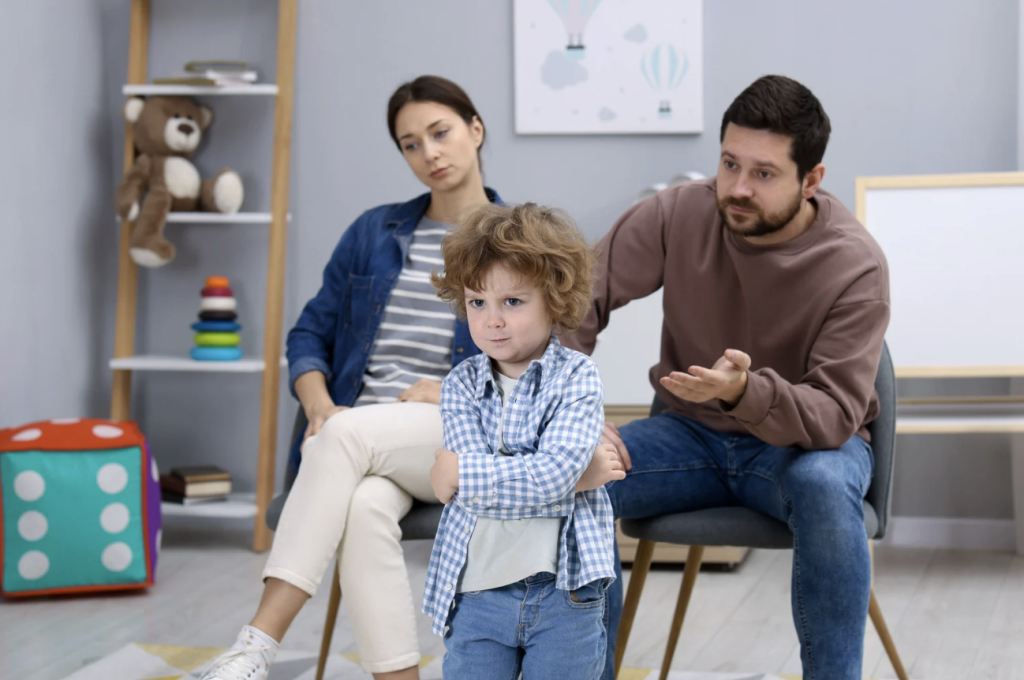
How Family Dynamics Shape a Child’s Inner World
Every family carries its own weather system. Some households are steady climates, others veer toward storm season. Kids are the barometers. Divorce, financial stress, illness, or even parental silence creates ripple effects children absorb without understanding. The American Psychological Association notes that a child’s emotional regulation is often modeled directly from their caregivers. If parents cope with stress through avoidance, kids mirror it. If parents turn conflict into shouting matches, children internalize it. Therapy creates a counterbalance, a place to untangle patterns before they calcify.
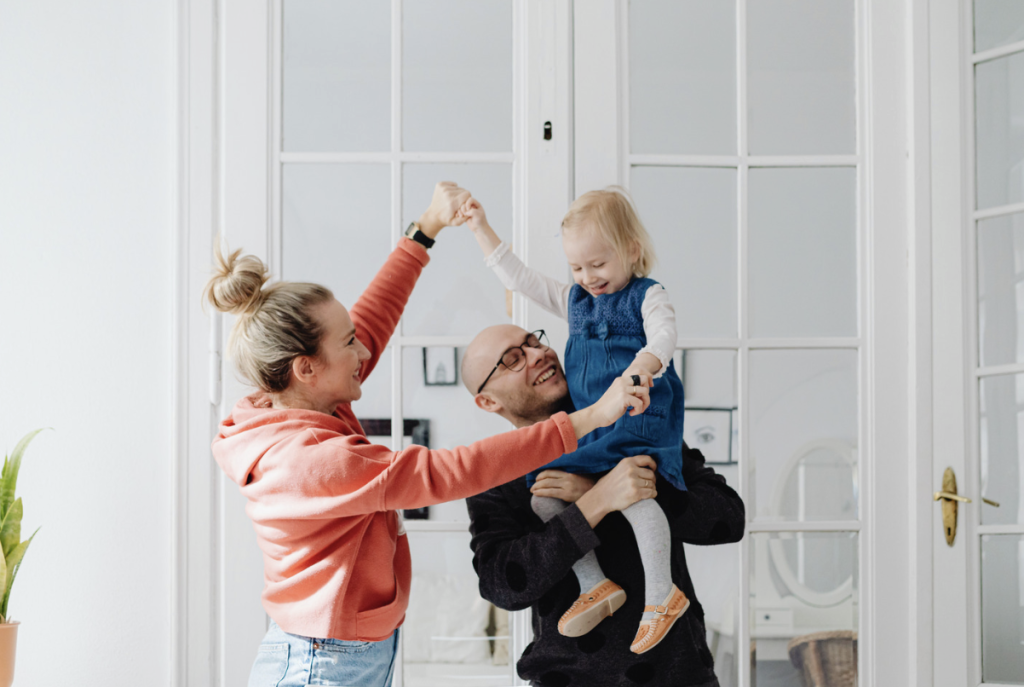
The Moment Parents Realize It Is Not Just a Phase
Parents are conditioned to wait things out. “It’s just a stage” becomes the default. Sometimes it’s true. Sometimes it’s denial. The child who suddenly refuses to go to school, the one whose anger is volcanic, or the kid who withdraws entirely…these are not quirks to grow out of. They’re signals. The earlier parents accept that professional help is not overreacting, the sooner a child can get tools to manage what feels unmanageable.
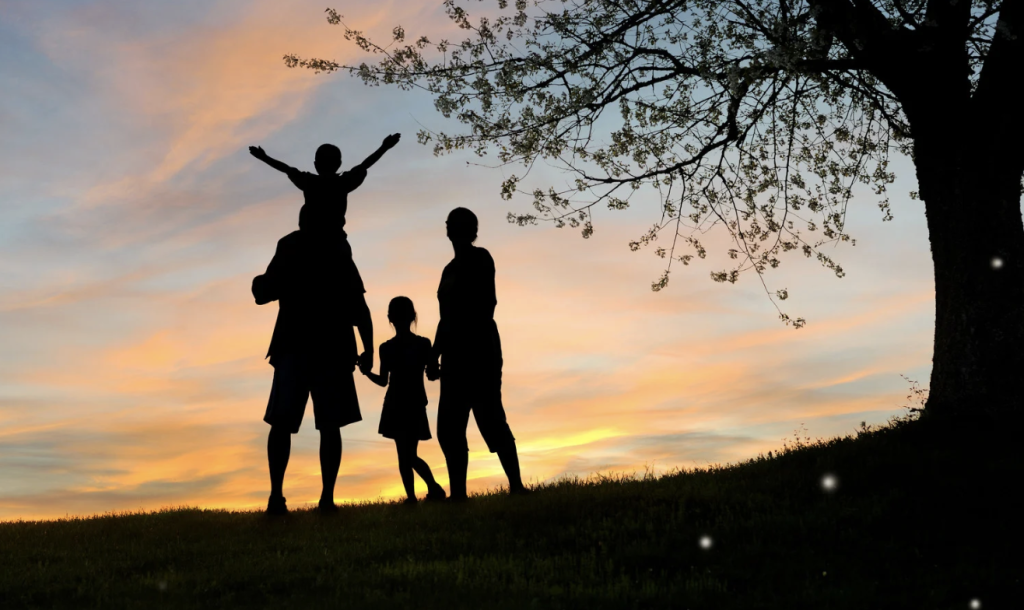
What Happens in a Child Therapy Session
A child therapy session doesn’t look like a couch and a notebook. Play therapy, art, drawing, storytelling: these are the languages kids use before words catch up. According to The Child Mind Institute, therapists meet kids on their level, using games and creative expression to uncover fears, sadness, or anger hiding underneath. It isn’t about diagnosing a child into a corner. It’s about creating a safe space where what’s unsaid can surface without judgment.

The Science Behind Talking It Out
Talking isn’t just venting. It’s rewiring. The National Library of Medicine outlines how cognitive behavioral therapy helps children restructure negative thought patterns that lead to anxiety and depression. Brain development in kids is still elastic, meaning interventions have long-lasting effects. Therapy isn’t about labeling a child with problems. It’s about teaching their brains alternative routes so they don’t get stuck circling the same dark loop.
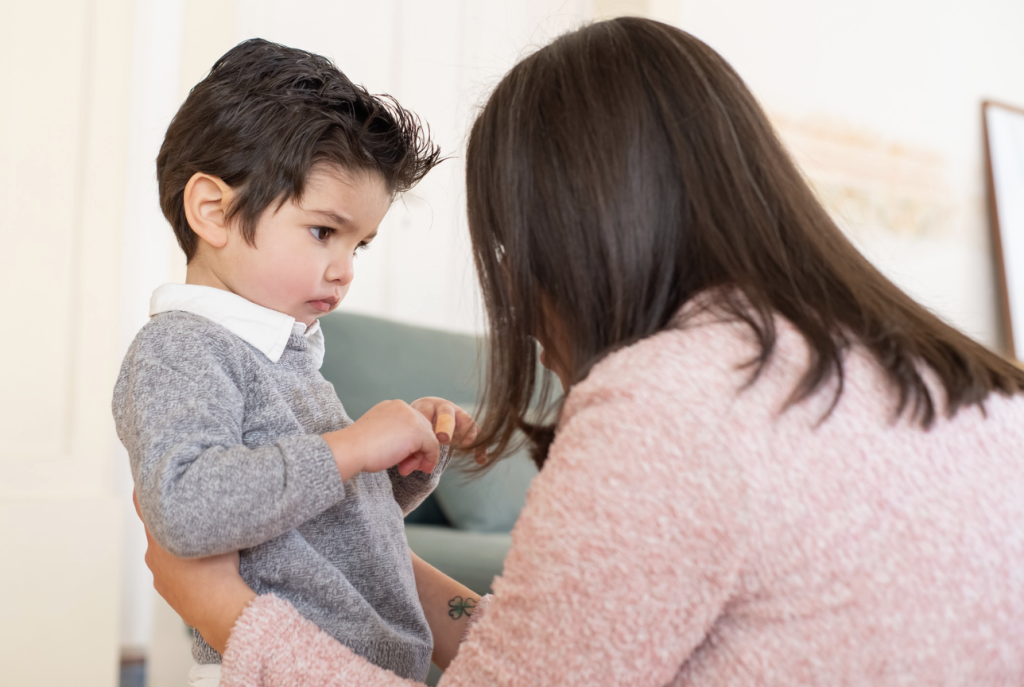
When Anxiety Grief and Trauma Show Up Too Young
Loss doesn’t wait until adulthood. A pet dies, a parent leaves, a grandparent passes, or worse. For a child, grief feels outsized because they don’t yet know it’s survivable. Trauma, whether from bullying, neglect, or exposure to violence, can set the nervous system on permanent high alert. Untreated, those patterns can evolve into lifelong mental health challenges. With intervention, though, children can learn to process instead of suppress.
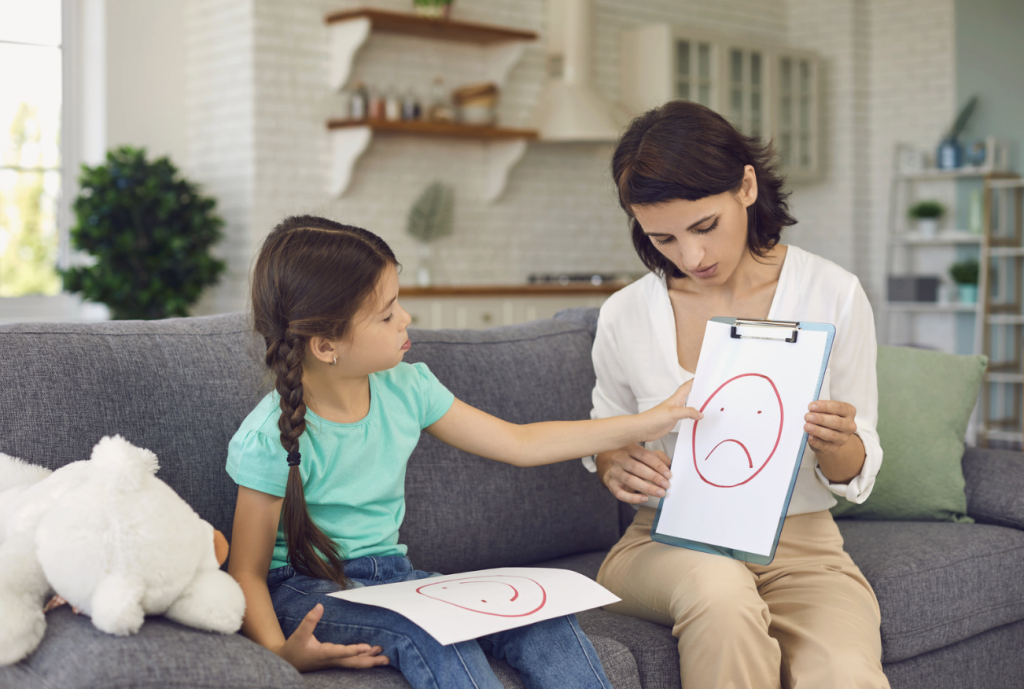
How Therapy Teaches Resilience That Lasts
Resilience is not the same as toughness. Toughness ignores pain. Resilience absorbs it, adapts, and still moves forward. Therapy equips kids with practical tools: how to calm themselves when panic hits, how to identify what they’re feeling before it explodes, how to ask for help without shame. These aren’t just coping mechanisms. They’re lifelong skills, the kind that prevent cycles of avoidance or aggression from repeating into adulthood.
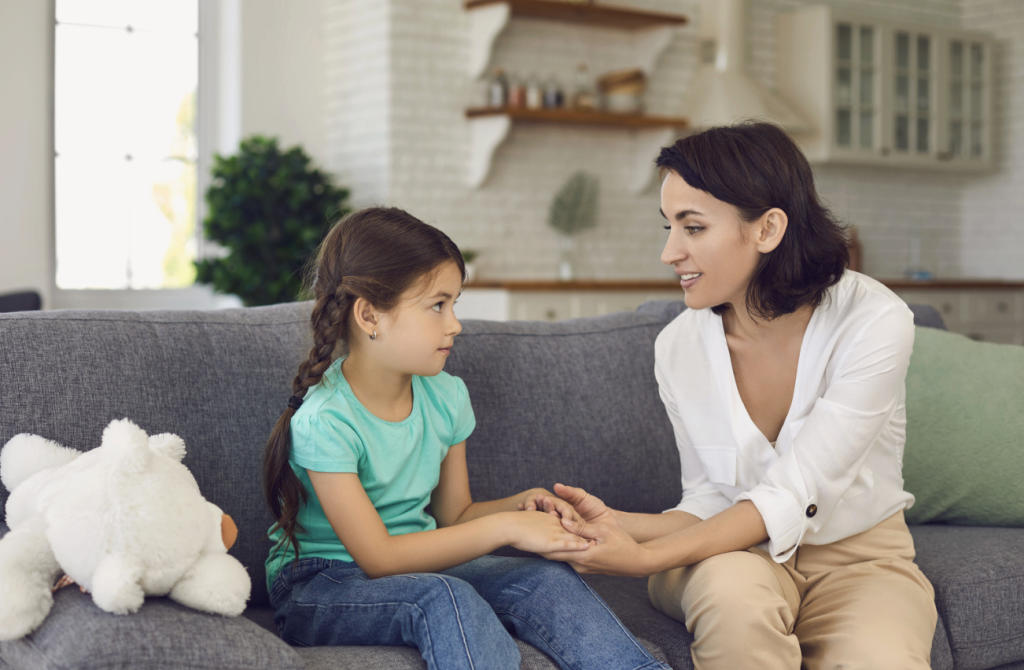
The Parent Role Is Never Passive
Therapy doesn’t work in a vacuum. Parents are often part of the process, learning how to respond instead of react, how to validate without enabling, and how to recognize when their own behaviors are fueling the cycle. It takes humility to admit that kids don’t just need unconditional love; they need structured, professional support too. For many families, working with child therapists provides that missing piece, bridging the gap between parental instinct and professional insight.
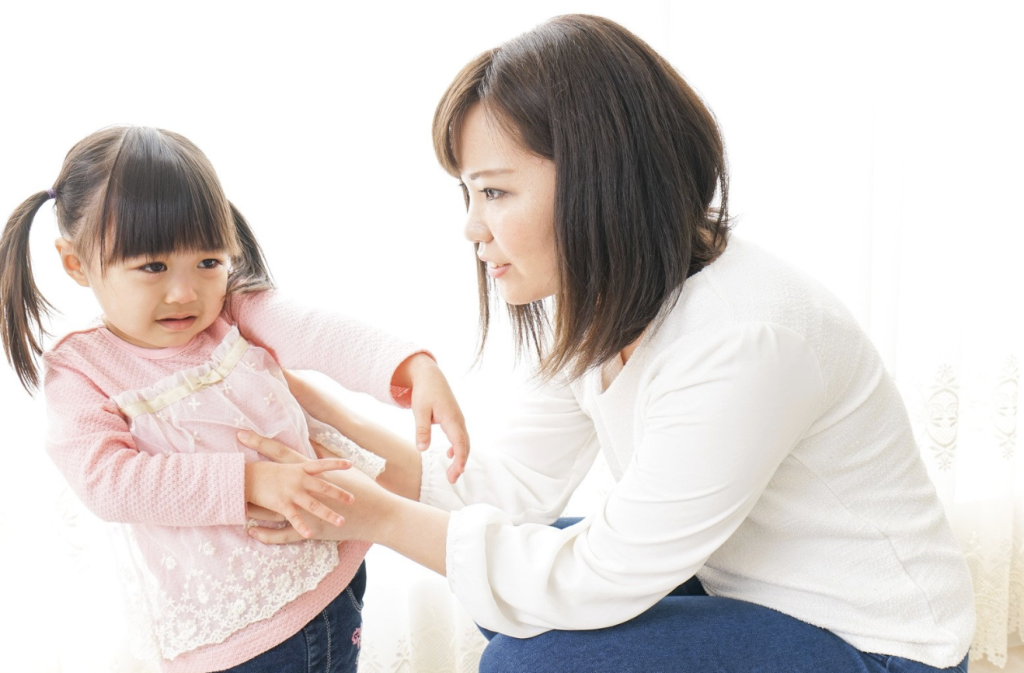
Why Schools Alone Cannot Shoulder the Weight
Teachers are often the first to notice when something is off, but expecting schools to handle the full scope of children’s emotional health is unrealistic. The National Education Association has highlighted how overwhelmed teachers are, balancing academics with behavioral challenges. Therapy is not detention by another name. It’s specialized care that schools simply aren’t resourced to provide. Collaboration helps, but outsourcing responsibility to educators leaves kids underserved.

Breaking the Stigma Around Childhood Therapy
Adults love to praise therapy for themselves but hesitate to extend that same validation to children. Stigma lingers in the idea that therapy means something is wrong with a child, when in reality it means someone is giving them a better chance at navigating life. Breaking stigma requires reframing therapy as proactive, not punitive. It’s maintenance, like dental checkups for the mind.

The Long Term Payoff of Early Intervention
The earlier the intervention, the less likely patterns of dysfunction stick. Research from Harvard’s Center on the Developing Child shows that early psychological support not only improves emotional health but also boosts academic outcomes and social skills. Children who learn to process their feelings early are less likely to carry untreated trauma into their adult relationships. Early therapy is not a detour. It’s a direct route to healthier futures.

Why Therapy Matters When Childhood Is Not Simple
When childhood is anything but simple, therapy matters. Not as a last resort, not as an overreaction, but as a strategy. The narrative of the carefree child is convenient, but it’s outdated. Kids don’t need us to preserve myths. They need us to notice when their world feels too heavy and to offer tools strong enough to carry it. Therapy doesn’t erase struggle. It makes sure struggle doesn’t erase them.
WE SAID THIS: Don’t Miss…Egypt Wins WHO Obesity Prevention Award for the Second Year in a Row


